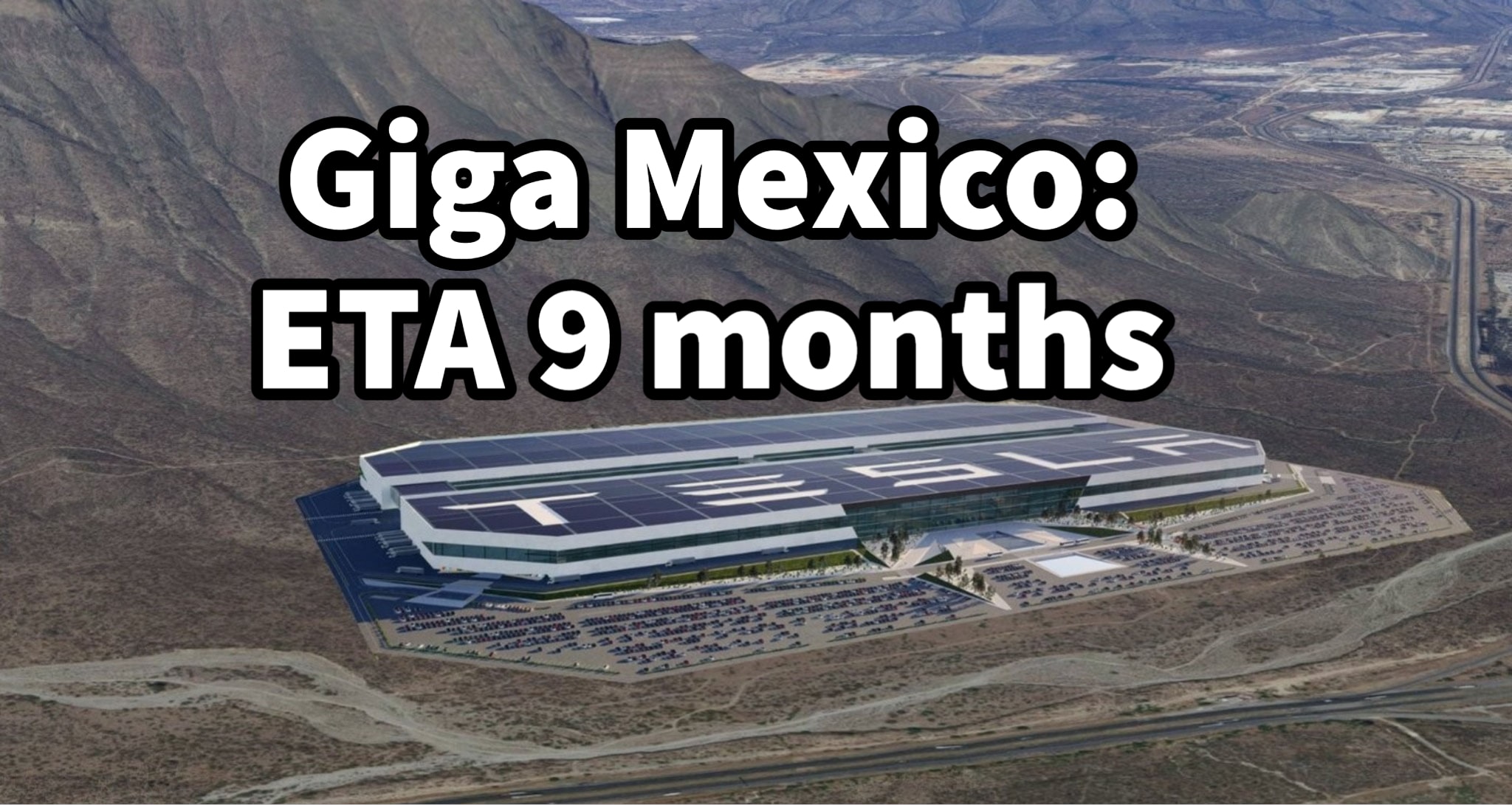Some blatant bot speculation:
One of the 'issues' for the bot, is that it does not have the data that FSD has. The sheer gigatonnage of video clips amassed by millions of tesla cars provides a huge amount of data that dojo can chunk through to train the FSD network for learning how to drive in all situations and circumstances. This has been key to FSD V12 and seems to be the holy grail of getting real-world AI. However, the bot does not have this data AT ALL, and even given today's video of a dozen or so employees wearing VR headsets, its definitely not going to be enough, Unless Tesla wants to hire 50,000 bot-trainers to wear VR headsets all day, which is never going to happen.
However there is a solution.
Human neural networks learn in first and third person. We learn how to catch a ball partly by watching lots of other people catch balls, but also, most helpfully, by trying and failing, again and again and again. In many ways the first person approach is better, because you start off with way more fails (disengagements) and the data is a one-to-one mapping to our own movements.
With FSD V12, the cars are overwhelmingly learning from third hand video clips, and from observing what humans do in each situation. Almost all the data is successes, where the car did not crash. Because the real world failure condition of driving is often death, the cars cannot be left to just experiment and see what happens.
The lack of huge datasets for each task means its likely that the bot learning may have to skew towards 'try it and see' rather than 'see how its done'. In a factory carrying stuff around, the failure condition isn't too lethal, so this is acceptable, and its all on company premises anyway. As a result, I think there will be a very rapid deployment of bots to work alongside humans at the factory. You might have one person unloading trucks full of of headlights, and 4 bots trying' to help with this task, and doing it really, really badly for quite a while.
Why does this matter?
Firstly we might see a lot of bots get produced and deployed on the factory floor. Videos may leak of this. We should not get too excited. This will be for training, and will NOT be either efficient, or a sign that sales are imminent.
Secondly, that might mean there is an actual production line for bots way in advance of them being useful. It might also mean a fair bit of capital expenditure. This will be seized by the excitable as sign that 'bot production is ramping up, but it will not mean much.
IF it turns out that Texas or Fremont has 500 bots working in the factory in a years time, don't get excited. That may be just a complete clown car of rubbish bots dropping stuff and walking into doors. This is to be expected, but any leaked videos will be a FUD bonanza. Don't fall for it.



